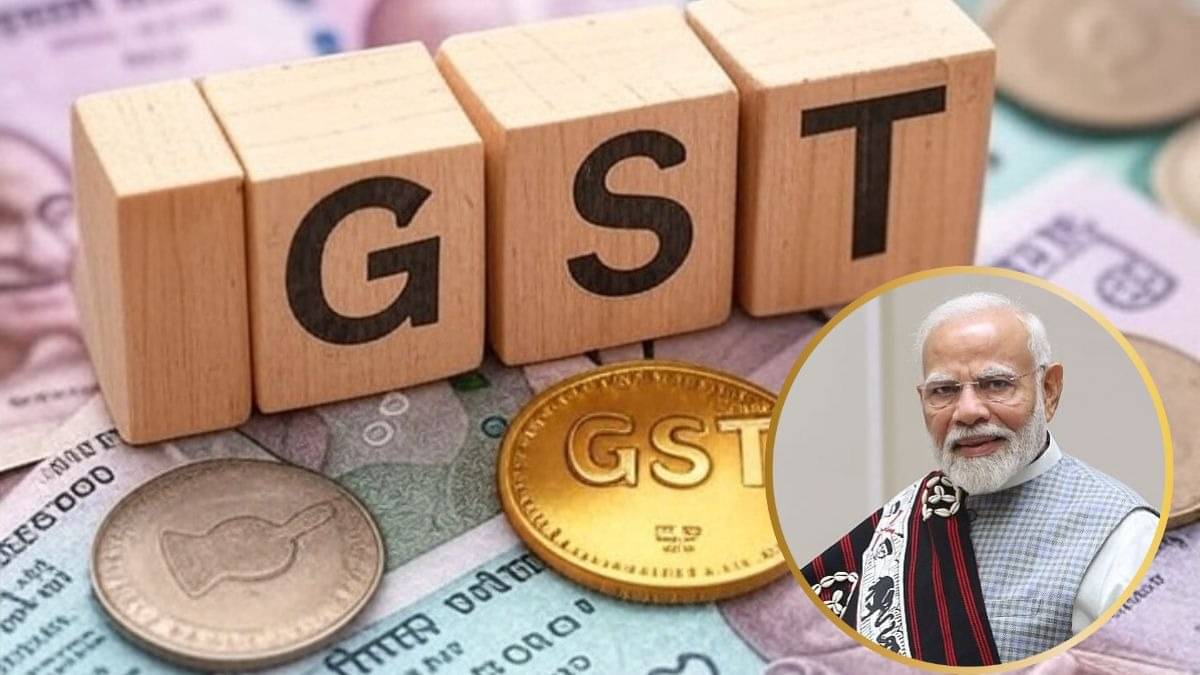Now Reading: Centre Proposes Tax Cuts on Small Cars, Boosting Auto Stocks
-
01
Centre Proposes Tax Cuts on Small Cars, Boosting Auto Stocks
Centre Proposes Tax Cuts on Small Cars, Boosting Auto Stocks

Quick Summary
- India proposes cutting GST on small petrol and diesel cars from 28% to 18%, as part of a major tax overhaul announced by Prime Minister Narendra Modi’s administration.
- GST on health and life insurance premiums might potentially be reduced to 5% or zero, down from the current 18%.
- Stock markets reacted positively, with auto shares like Maruti suzuki (up nearly 9%) and other manufacturers gaining between 2%-4%. Insurance stocks also rose by up to 5%.
- The revamped GST structure suggests reducing overall tax slabs to two rates: 5% and 18%. The highest current rate of 28% will be eliminated.
- A special new rate of 40% is proposed for “sin goods” like tobacco products and luxury items. Large cars could also attract this rate, with potential additional levies being considered.
- If approved in October by the GST council, the reforms will take effect promptly; final details remain under review.
Indian Opinion Analysis
The proposed tax reforms represent a landmark shift aimed at stimulating consumer demand in key sectors such as automobiles and insurance. Lowering taxes on small cars could revitalize sales in a segment that has seen declining market share due to competition from larger SUVs. With increased affordability, manufacturers are likely to benefit through expanded customer bases. Similarly, lowering GST rates for insurance premiums could create an possibility for greater penetration in an underdeveloped sector where coverage remains low.
While these changes promise economic relief for consumers and growth for businesses, they may pose challenges for government revenue streams-especially during ongoing trade tensions cited within the article. Balancing short-term revenue pressures with long-term economic competitiveness will require careful planning. Moreover, maintaining high taxes on luxury goods ensures equity in taxation but may invite scrutiny over its impact across diverse sectors.
As discussions continue within the GST Council ahead of formal approval next month,clarity regarding implementation details will be crucial not only for businesses but also state governments relying heavily on indirect taxation revenues.

























